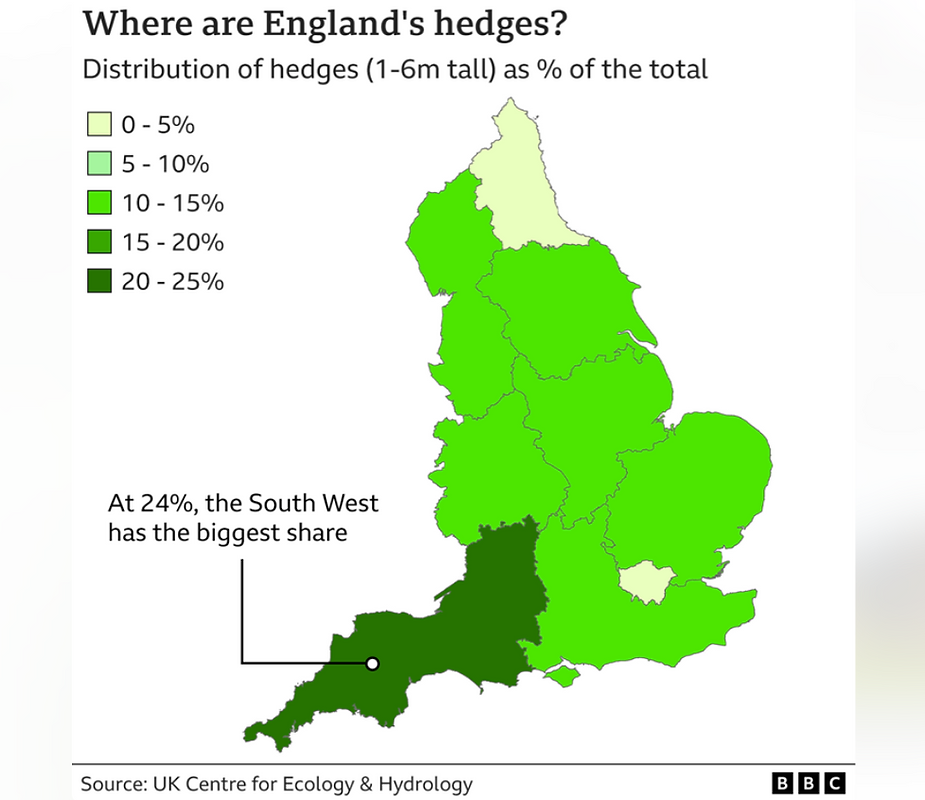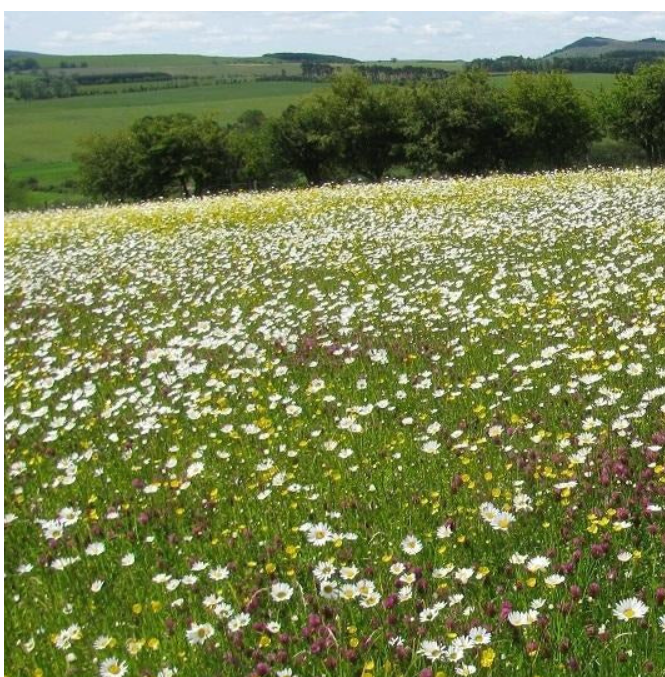What makes a good hedge?
Wednesday, 31 January 2024
Recently, for Coquetdale Wildlife Trust, Megan Gimber gave an excellent, exuberant, talk about her love of hedges. I was so excited to listen to such a knowledgeable enthusiast. The next day, she was fortunate to be taken to see some of the amazing hedge work taking place here in Coquetdale.
She said: "A recent visit to Northumberland had me flabbergasted at the difference one person can make. In an area perhaps not known for the quality of its hedges, (is that fair?) I knew I'd arrived at the right farm when the hedges changed from the over-trimmed, top heavy, sheep browsed, and leggy to big, billowing, thick and fruit-filled". (Megan is People's Trust for Endangered Species Habitat Officer).

Can you guess where Megan was, celebrating such wonderful hedges? (You will find the answer at the end).
Have you spotted any great hedges lately?
If you have, you are lucky...

On Wednesday 24th January, 2024, there was a debate in Parliament entitled: Hedgerows: Legal Protection. It was introduced by Selaine Saxby, MP for North Devon. In her introduction, she says: There are few legal protections to prevent poor hedgerow management practices. When I was a councillor, I was contacted every year without fail about the cutting of local hedgerows. The problem is that the lack of a landscape criterion means that locally distinctive hedgerows are not protected and local authorities are often powerless to retain them. According to CPRE, more than half of local authorities feel that existing exceptions for built development lead to unacceptable or avoidable hedgerow loss.
Not only is it interesting, but it is very informative about why our hedges are in the poor state they are, and how farmers are the key to improving them. But it is quite shocking to discover the hoops farmers have to jump through and the losses they endure.
You can read or listen to the whole debate here: Hedgerows: Legal Protection - Hansard - UK Parliament
Here is an enjoyable, 3-minute, video from Hedgelink, which explains Hedgelink - the benefits of hedges in rural areas
So which farmer in Coquetdale was Megan visiting, to admire the hedges?

Yes, of course, it is Kevin Wharf - who is also brilliant at hedge-laying and is very generous in sharing his knowledge of this important skill.
Hedge Laying, Megan Gimber tells us:
Kevin manages his hedges on a laying rotation. The young hedges are left to grow for 10 or so years after planting, at which point they are layed. To me, this is the best way to establish a good young hedge; it's a great opportunity to remove the spiral tubes (honestly, there is never a good time for that job otherwise!). The regrowth thickens up the base as the 5-6 whips planted all regrow multi-stemmed, making for a much more robust hedge in the long term. A layed hedge also stores more carbon. But this wasn't the main reason for this approach here. Kevin tells me that the leggy 70cm of stems at the bottom of the hedge, branchless due to the spiral tubes, act like a wind tunnel and funnel the wind directly at lamb height. Laying them is the best way to get rid of this legginess, (called a high base canopy) and protect the lambs in spring storms.
(Note to myself, Megan writes 'layed' not 'laid'. I need to explore this).
You can read Megan's full account of her trip to Kevin's farm here
Exploring some exemplary hedges in Northumberland - PTES
